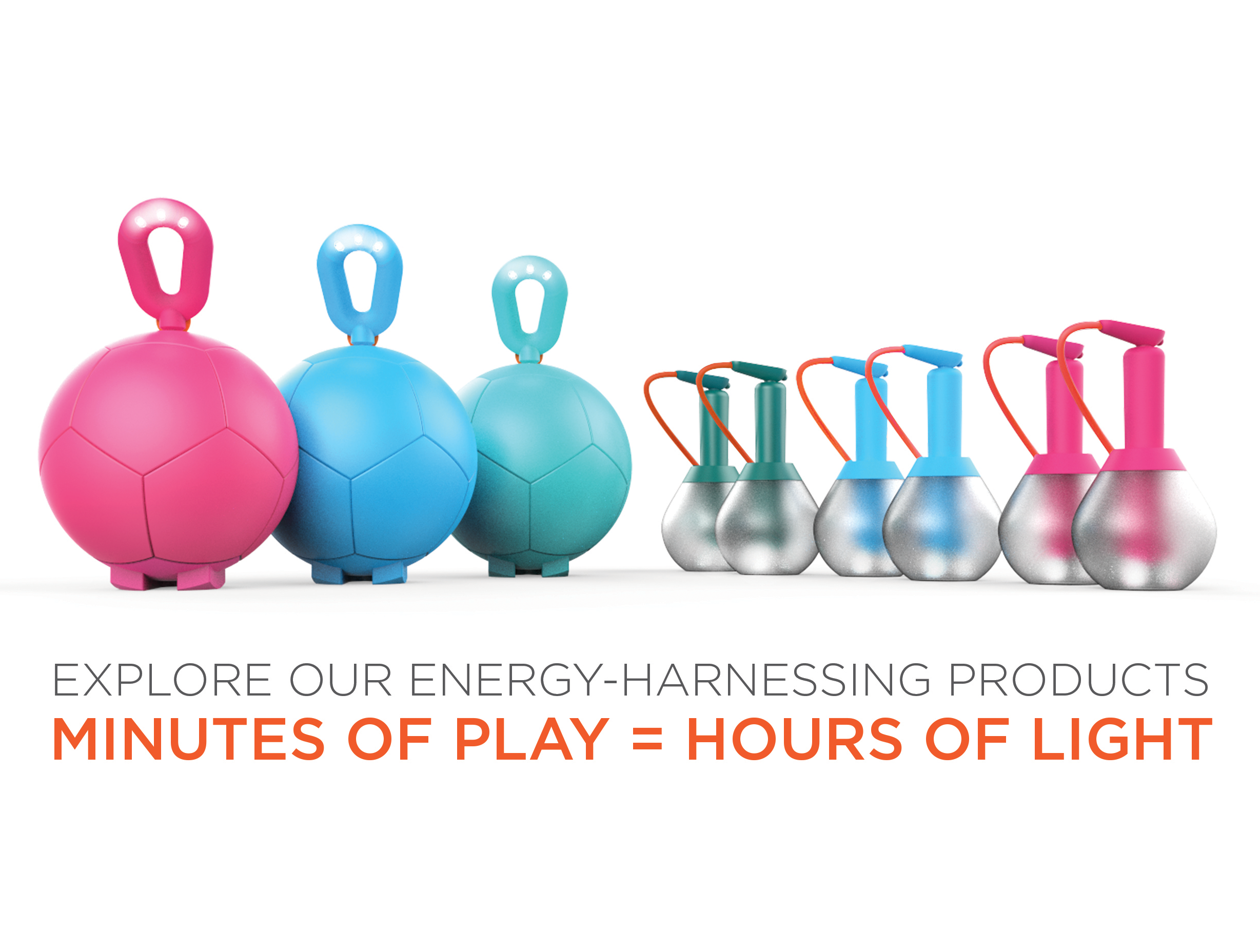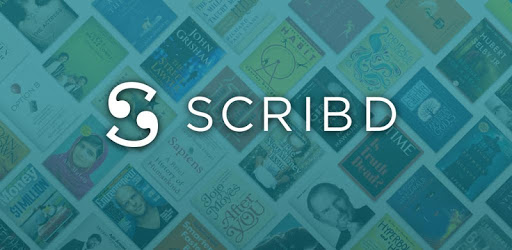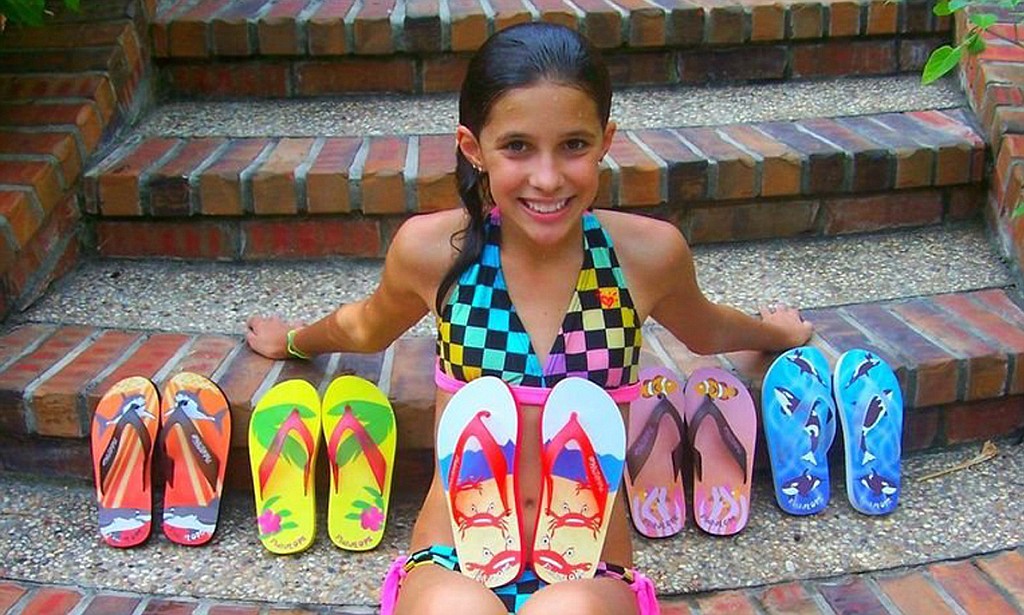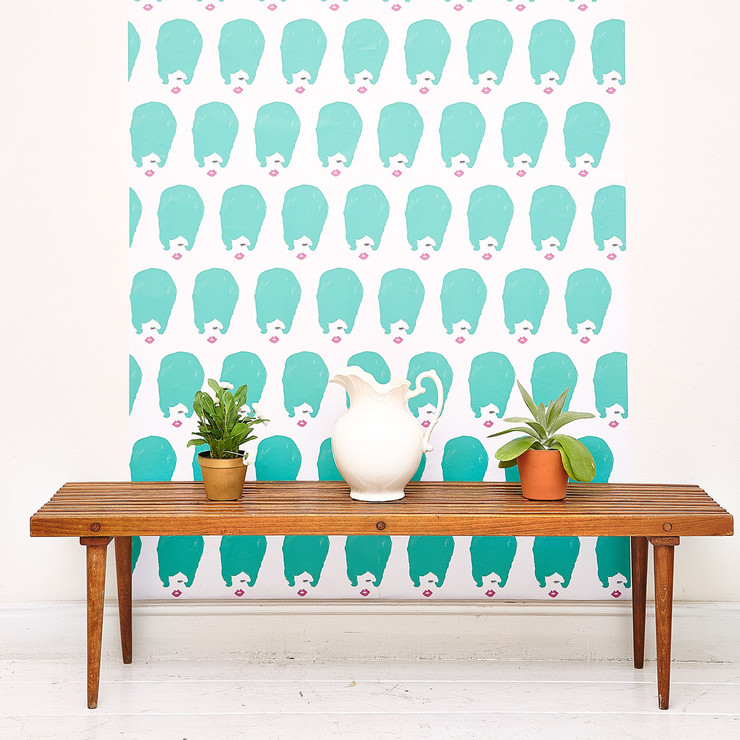Jessica Matthews is CEO and co-founder of Uncharted Play. Matthews grew up in New York and her parents ran a software business, Decision Technologies International. Matthew went to Harvard College in 2008. When she was a junior, she took a non-engineers engineering class. She received an assignment where she and a classmate, Julia Silverman, had to create a product that provided a social good. Matthews quickly recalled a time when she was 17. She was at a wedding and the power went out. This was not a big problem as the venue had a generator. However, The generator had fumes coming from it and they cause her to cough and get dizzy. She noticed that none of the other guest were having her problem because the power has gone out before and they were used to the fumes. Matthews wondered if there was a different way to store energy to power the lights that wouldn’t cause the fumes. During her school assignment she was able to explore this farther. Matthews and Silverman came up with Soccket. Soccket is a soccer ball that stores the kinetic energy that is created from kicking and playing with the ball. Soccket has a small internal generator that can be used to charge a cell phone or light up a room. After they created the ball, they launched a company called, Uncharted Play. After graduating from college in 2010, she took a full-time job but, one year later she left that company and worked full-time on Uncharted Power. The company also created jump ropes that can generate three hours of power for an LED light from just 15 minutes of jumping rope. Matthews shifted focus and made the trademark MORE. MORE stands for Motion-based Off-Grid Renewable Energy. This shift has allowed them to create product such as, floor panels, shopping carts, speedbumps, etc. In 2016, Uncharted Power was able to double their gross profit from the previous year.
Author Archive for GriebKA18
Uncharted Power–A Way to Use the Energy that We Create Everyday
John “Trip” Adler is the co-founder and CEO of Scribd. Scribd is an online library and document-sharing site and it has 100 million users. Adler grew up in California and went to Harvard University. He got the idea for Scribd after talking with his dad, who had trouble publishing a paper in a medical journal. Adler built Scribd with co-founder, Jared Friedman. The two launched Scribd from San Francisco in the summer of 2007. By 2008, Comscore ranked Scribd in the top 20 social media sites. In 2009, Scribd released Scribd Store and closed a deal to sell ebooks on their site. Scribd started to turn a profit in 2012. The first official profit that Scribd made actually came from Adler playing saxophone on the street outside of the Scribd’s office. It was $17 in revenue. In 2013, Scribd made a deal with HarperCollins to have their books available as part of Scribd e-book subscription service. Scribd was known for being a source of unlimited books and audiobooks. In a turn of events, Scribd had to reduce its subscription service after realizing that they were taking a loss in some of the book genres in 2016. They accomplished this by limiting readers to three e-books’ and one audiobook per month. In 2017, the company partnered with Zinio which added 30 new magazines to Scribd’s site. In February 2018, Scribd changed the subscription model to now allow unlimited access until customers reach the upper limit for that month. After consumers reach the limit, they will be given a narrowed selection of titles to choose from. As of now, Scribd has approximately 300,000 titles from 1,000 different publishers and 800,000 monthly subscribers.
Madison Robinson had a vision for a product, in 2008, at the young age of 8 years. She wanted to take her sea creature designs and put them on flip-flops that had battery powered lights on them. Her dad, Dan, helped to turn this vision into reality. Madison and her dad were able to get samples of the shoes and everyone loved the flip-flops. After the first trade show they went to, more than 30 stores places orders. With all of the orders, Dan hired an overseas manufacturer in 2011 to keep up with the demand. Fish Flops was able to launch with “friends and family” financing. The company quickly started to turn a profit and were able to start selling the Fish Flops online. One of the big retailers that Madison was able to get Fish Flops into was Nordstrom. 60 Nordstrom stores nationwide started carry Fish Flop and selling them for about $20 per pair. In 2012 Fish Flops sold approximately 60,000 pairs in just the retail locations making sales at least $1.2 million. That number did not include all of Madison’s wholesales. At 15 years old, Madison already set aside enough of the profit to completely cover her college tuition. Madison draws all the designs that go on the Fish Flops and chooses the color combinations too. Along with creating the designs, Madison learned how to pack shipments, stock the warehouse, explain pricing, host a tradeshow booth, and do an elevator pitch. Madison created a strong social media presence on Twitter and that helped several celebrities to hear about Fish Flops and get them for their kids. Madison added a social side to Fish Flops by offering free Fish Flops to a charity that helps support children of fallen military members. In 2011 at the Teen Choice Awards, she got celebrities to sign 300 pairs of Fish Flops that she gave to patients at the Texas Children’s Hospital. In 2015, Madison made a deal with BBC International. The deal included BBC taking 50% of the business. At that point in time, Fish Flops offered flip-flops, sandals and wedges for kids and adults, and T-shirts. Bob Campbell, CEO of BBC, said, “We want to develop Madison Nicole into a true fashion brand across footwear, apparel and accessories. And we want to take it global.”
Matthew Mullenweg is the founder and CEO of the website that we are using right now, WordPress. In January 2003, Mullenweg and one of his friends, Mike Little, started working on WordPress. At that time, Mullenweg was a freshman at University of Houston and only 19 years old. Mullenweg wrote the first microformats in March 2004. Microformats are basically tags that help sort webpages by category for search engines. Within one month, WordPress was able to launch Ping-O-Matic, a program to notify search engines about blog updates. At this point in time, Movable Type, WordPress’ biggest competitor, drastically increased their price. This caused thousands of people to join WordPress because it is free for the basic features. In 2004, Mullenweg dropped out of college and moved to San Francisco to work full time on WordPress. He made the right decision. In February 2005, WordPress released WordPress 1.5 and it had over 900,000 downloads. Mullenweg continued to work hard and in October 2005 they released Akismet. Akismet is a program used to limit comment and trackback spam. Mullenweg announced that the company behind WordPress and Akismet is Automattic. In January of 2006, Mullenweg was able to get Toni Schneider, former Oddpost CEO and Yahoo! Executive, to join Automattic as CEO. In April 2007, Regulation D had numbers that $1.1 million had been raised for Automattic. Again in 2008, Automattic raised even more money with an additional $29.5 million. San Francisco Business Times reported in 2009 that the traffic for WordPress sites were growing faster than Google’s blog service. WordPress hit a major milestone in July 2011 with over 50 million blogs globally. Mullenweg took over as CEO in January 2014 and was able to quickly raise $160 million. This pushed the value of the company to over a billion dollars. At that point, WordPress had 22% of the top 10 million websites in the world. In 2011, Mullenweg was ranked #3 on Business Insider’s 30 Founders under 30 list for his creation of WordPress. Now in 2018, there are 79.7 million new posts on WordPress blogs monthly.
From Creating a QR Scanner to it Being Bought by Snapchat
Garrett Gee had the inspiration to create the app Scan after he was given a smartphone for Christmas in 2009. He used his new phone to scan a QR code and thought that there had to be a better for QR codes and web sites to work together. He went back to college and with the help of Krik Ouimet and Ben Turley they founded and launched their first iOS app. They enter a contest at their school (Brigham Young University) and got second place and Gee started meeting with investors while still being a student. After the app was officially launched in January 2011, it reached 1 million downloads in 3 months. By March of 2012, Scan had 10 million downloads from 77 different countries. At the end of 2012, Scan had been downloaded an incredible 25 million times. Scan reported revenue mainly from advertising with an incredible minimum of $1,000 per day. Gee continued to evolve Scan as time went on by making a “Scan-to-gram” function. This allowed users to make QR codes that link to their Instagram profile. In 2013, Gee went on the tv show Shark Tank and was not offered an investment. This ended up being a blessing in disguise because, Snapchat wanted to buy the app. Snapchat bought Scan for $54 million dollars. Snapchat is uses the Scan technology for their famous Snapcode feature. Now Gee is enjoying traveling the world with his family.
Elizabeth Rees grew up rarely visiting her dad, Mike, at the 91-year-old family run business, Kubin-Nicholson. At 26, she had studied journalism in college and was getting a degree in global communications at the American University of Paris but, didn’t really know what she was going to do for work. Elizabeth had never thought about working at Kubin-Nicholson until one day her dad asked her about it over lunch. Elizabeth accepted the job and moved to New York City in 2010 to sell billboards, bus wraps, and point-of-sale displays. Things started out very challenging but she persevered. In 2013, she decided to experiment and try making a new product. Elizabeth used the company’s high-tech digital printer and made modular wallpaper for the office of her friend’s startup company. In a blink of an eye, she started receiving emails asking where people could buy the trendy easily removable wallpaper. With this discovery, Chasing Paper was born. Chasing Paper makes 2’x4’ sheets of removable wallpaper. Elizabeth pitched the idea to her father. At first, he was a little bit hesitant. She explained that they already owned all of the equipment and there would be no new investment necessary. He decided to support her and give it a shot. She started licensing designs from designers and artists and then put the designs on a poly-fiber fabric. Chasing Paper sells the wallpaper for $40 a sheet and was making a huge profit margin on each piece they sold. Now, four years later Chasing Paper is looking to make $1 million in sales and Elizabeth is the only full-time employee. With how fast the company is growing, Elizabeth convinced her dad to invest in two more high-end printers so Chasing Paper can print wallpaper within 36 hours of receiving an order. Even though Chasing Paper only makes a small portion of the total revenue for Kubin-Nicholson, Elizabeth’s dad knows that this innovative wallpaper is the direction that the company needs to move towards.
Copyright © 2025 All Rights Reserved





